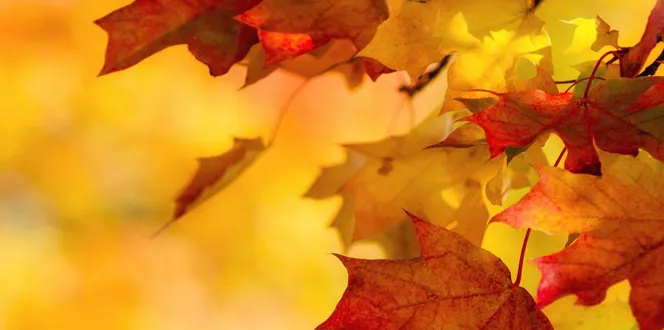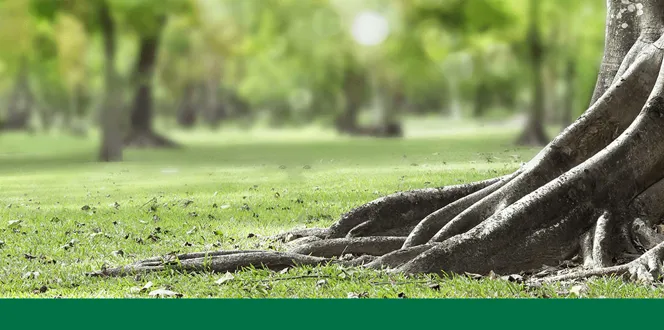Building a new home is such an exciting experience.
You get to choose your layout, your finishes, your fixtures and all the colors you prefer. The final result becomes more than just a home; it’s a true reflection of you and your family. You walk inside and instantly feel enveloped by all the sights and soothing shades you love.
But then you walk outside … and you face a wasteland.
The construction process can be pretty messy. You have heavy equipment, construction employees, and a variety of machines coming through the yard to work on your house. What they leave behind are more than footprints and tire tracks.
They leave soil that has been compacted from all the activity. It also lacks any organic matter and nutrient content. This compaction prevents air, water, and nutrients from flowing through the soil, which means your plant roots won’t get what they need to grow.
But you can’t leave your new home landscape looking like the surface of the moon. Let’s talk about how to amend new construction soil and review some new landscaping ideas so you can have a gameplan for success.
Planning For A New Landscape
When you are landscaping a new construction home, you have quite a few things to consider to create the best outdoor space for you and your family.
You can’t just walk into the local nursery or garden center and pick any plants that look good. You have to match the plant with your property’s unique environmental conditions.
You also have to think about the future. When planting a tree today, you want to think about its future growth potential to ensure the space you have available fits its size – not only today but in 10 or 20 years.
Plants that are placed in the locations that match their needs – soil moisture, sunlight exposure, etc. – will be healthier and happier additions to your home landscape.
Understanding Your Planting Zone
By comprehending what hardiness zone your home is located in, you can pick better plants for your new landscaping ideas that are most likely to survive your local conditions, particularly your winter weather.
The USDA plant hardiness zone map uses minimum and summer temperatures, wind, humidity, snowfall, and rainfall averages to determine each region. Knowing your zone is the key to choosing plants that can survive and thrive in your area. And planting trees native to your region means they can handle most extremes Mother Nature throws their way.
Consider some of these ideas as you plan new construction landscaping ideas.
Best Trees for Privacy - These trees can create some seclusion for you in your new home landscape. (Read more about privacy tree and shrub recommendations here.)
- Eastern red cedar (zones 2-9)
- White oak (zones 3-9)
- Pine (zones 3-10)
- Douglas fir (zones 4-6)
- Leyland or bald cypress (zones 4-10, 6-10)
- Arborvitae (zones 2-8)
Best Trees for Blocking Wind - Trees like these with non-invasive roots that are also beautiful can help provide some wind protection.
- Crabapple (zones 3-8)
- American hornbeam (zones 3-9)
- Cornelian-cherry dogwood (zones 4-7)
- Japanese maple (zones 5-8)
- Flowering dogwood (zones 5-8)
Best Low-Maintenance Plants - Native plants usually require less water, less pruning, and are usually deer- and pest-resistant. Give one of these low-maintenance evergreens a try.
- Eastern white pine (zones 3-8)
- Norway spruce (zones 3-7)
- Arborvitae (zones 2-8)
- Hemlocks (zones 3-8)
- Serbian spruce (zones 4-7)
Best Low-Pollen Trees - Don’t want to bring out the worst of your allergies around your new home? These allergy-friendly trees might be good additions to your landscape.
- Crape myrtle (zones 6-10)
- Flowering crabapple (zones 4-8)
- Flowering plum (zones 5-8)
- Dogwood (zones 5-8)
- Magnolia (zones 6-10)
Best Small Flowering Trees - A little color is always welcome to your new home. These flowering trees bring the spring color.
- Kousa dogwood (zones 5-8)
- Catalpa (zones 4-9)
- Japanese lilac (zones 3-7)
- Rose of Sharon (zones 5-9)
- Fringetree (zones 4-9)
Soil Health
Before planting any trees or shrubs, you need to learn how to amend new construction soil to ensure your plants have the proper soil base for their roots to grow.
By tilling compost or other organic materials into the top 10 to 12 inches of soil, you can improve its overall composition and prep it for plant installation.
Here’s more information and tips for healthy soil.
Using Grass Seed vs Sod: Advantages & Disadvantages
Now that your soil is ready for planting, you’re probably eager to get that green lawn installed.
There are a few ways you can do this: laying sod or planting grass seed.
Laying sod can create an instant lawn, whereas grass seed take some time to grow. But just like anything with instant gratification, laying sod will cost more than planting grass seed.
Check out this guide for the ideal time to plant grass seed based on the turf type.
Post Installation Maintenance
Landscaping a new construction home isn’t over once you’re done planting. Regular maintenance is essential to ensure planting success.
After planting your sod or grass seed, stay off the area and allow the grass to establish itself. Keep the area moist, but not soggy, until the grass starts to root. Once the rooting has been established, reduce watering based on need. This will be dependent upon the soil type. Depending on the grass variety you grow, you won’t have to mow until the grass reaches a height of 2 to 4 inches.
Then to prevent further compaction and improve the lawns overall health, an annual aeration can bring oxygen to your lawn. Leaving the plugs pulled during the aeration process will put essential nutrients such as nitrogen back to your lawn as these plugs decompose.
Proper lawn fertilization, along with pruning dead, diseased, damaged limbs, and excess limb growth to allow for more sunlight will ensure your lawn remains healthy. Tree and shrub fertilization will also help maintain healthy plants.
Conducting routine soil tests can help determine the essential nutrients your soil is missing.





